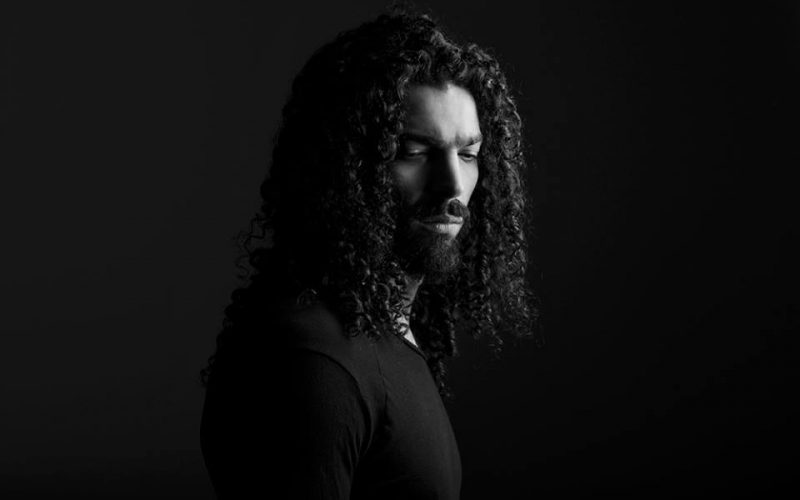The House of Songs Ozarks’ January artist residency unites Egyptian rock star and “voice of the 2011 Egyptian revolution” Ramy Essam, and Earth Day co-founder and Cornell University law professor Gerald Torres for collaborative events Jan. 18, 20 and 22. Essam got his start in music as a teenager but politics and music began to influence each other in his life when the Egyptian revolution came. Essam was arrested and tortured, his music banned and his performances barred from public spaces as a results of his activism. His song “Irhal,” which means “leave,” composed the chants of those protesting former Egyptian president Hosni Mubarak into melody, and he became a pillar of inspiration in his fight for justice. Essam took a few minutes to answer these questions for The Free Weekly before his visit to Northwest Arkansas.
Q. Was it your intention to write an anthem for the revolution?
A. Surely not. I never thought even that I would be part of the revolution. And nobody knew that we would have revolution in Egypt at this time — they were just demonstrations at the beginning. I was just a normal participant like all the others and just the idea of making the song happened during the demonstrations … and then the people took it as an anthem.
Q. How do you feel international audiences can better connect with or understand issues affecting other nations through music?
A. Music is the only way to connect without language; it is the language of people that everybody can understand. If I’m speaking [my own language] and somebody doesn’t understand what I’m saying if I’m talking, but when I sing, even if I’m still singing in my own language, they will get the point, they will feel it. They can much easier connect. Also when the music, the lyrics of the songs are made about real issues that happening in the other nations and then you can get a chance to get proper subtitles so you can understand the point and the core of the song, it is one of the best ways to connect to the other nations and understand their daily life and what’s happening there.
Q. What do you think is the significance of collaborating with artists across cultures?
A. One of the best experiences for humans [is] when they get to know very different cultures than theirs and they can learn so many things of it. When you mix cultures, you can always take all the positive sides from it, and everybody learns and that’s how we can develop our lives as humans. And one of the best ways and easy ways to do that is through art and through music, so when you can make a meeting between two singers or two musicians from different backgrounds, different cultures, that will make a very good shortcut for these cultures to meet.
— Jocelyn Murphy
FAQ
House of Songs Ozarks:
Ramy Essam and Gerald Torres
WHEN — Both: 6 p.m. Jan. 18 during Crystal Bridges’ Artinfusion; 7:30 p.m. Jan. 22 at UA’s Faulkner Performing Arts Center. Torres: 6:30 p.m. Jan. 20 at Museum of Native American History
WHERE — Crystal Bridges, Bentonville; MONAH, Bentonville; Faulkner Center, Fayetteville
COST — Artinfusion and MONAH are free; Faulkner performance $5-$15
INFO — facebook.com/TheHouseofSongsATX



